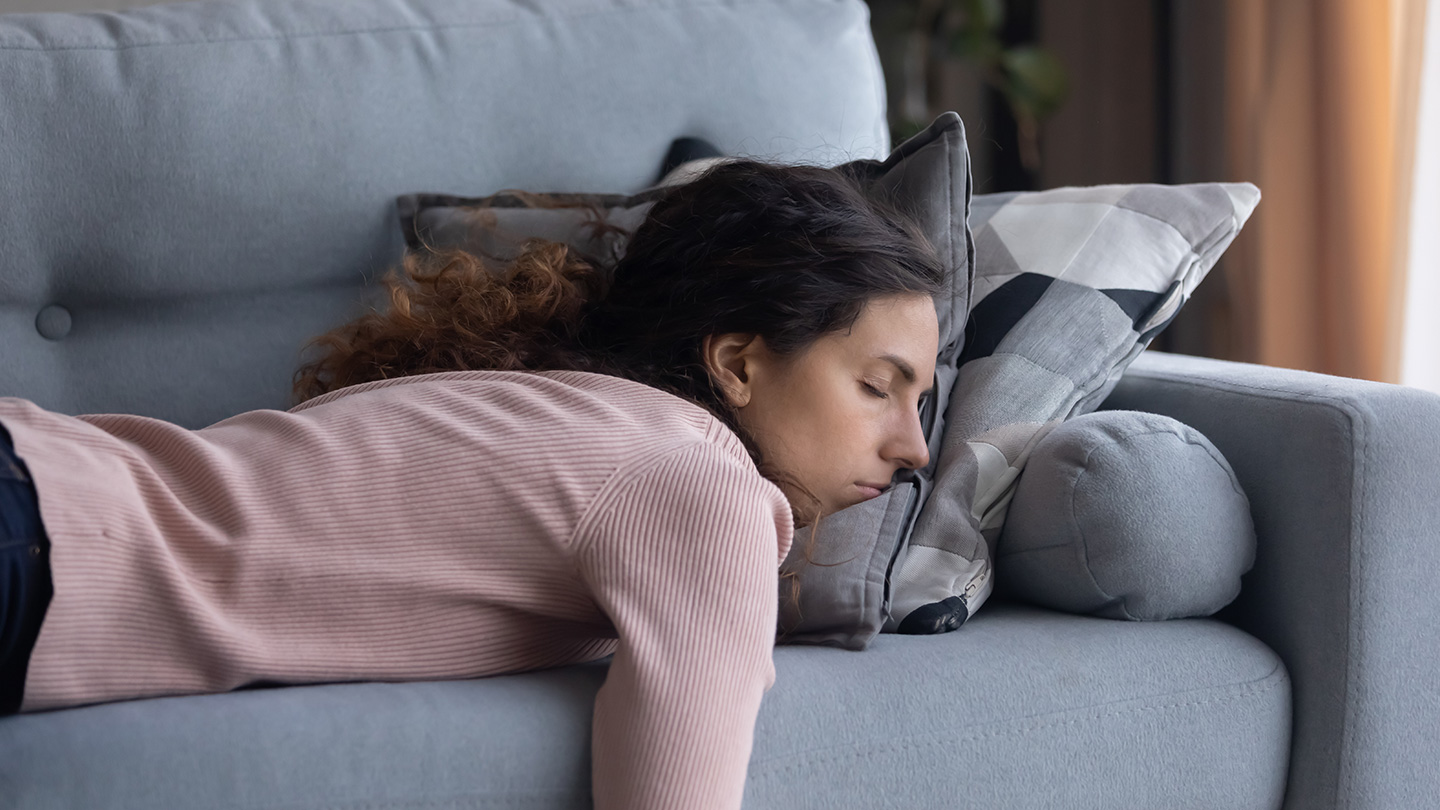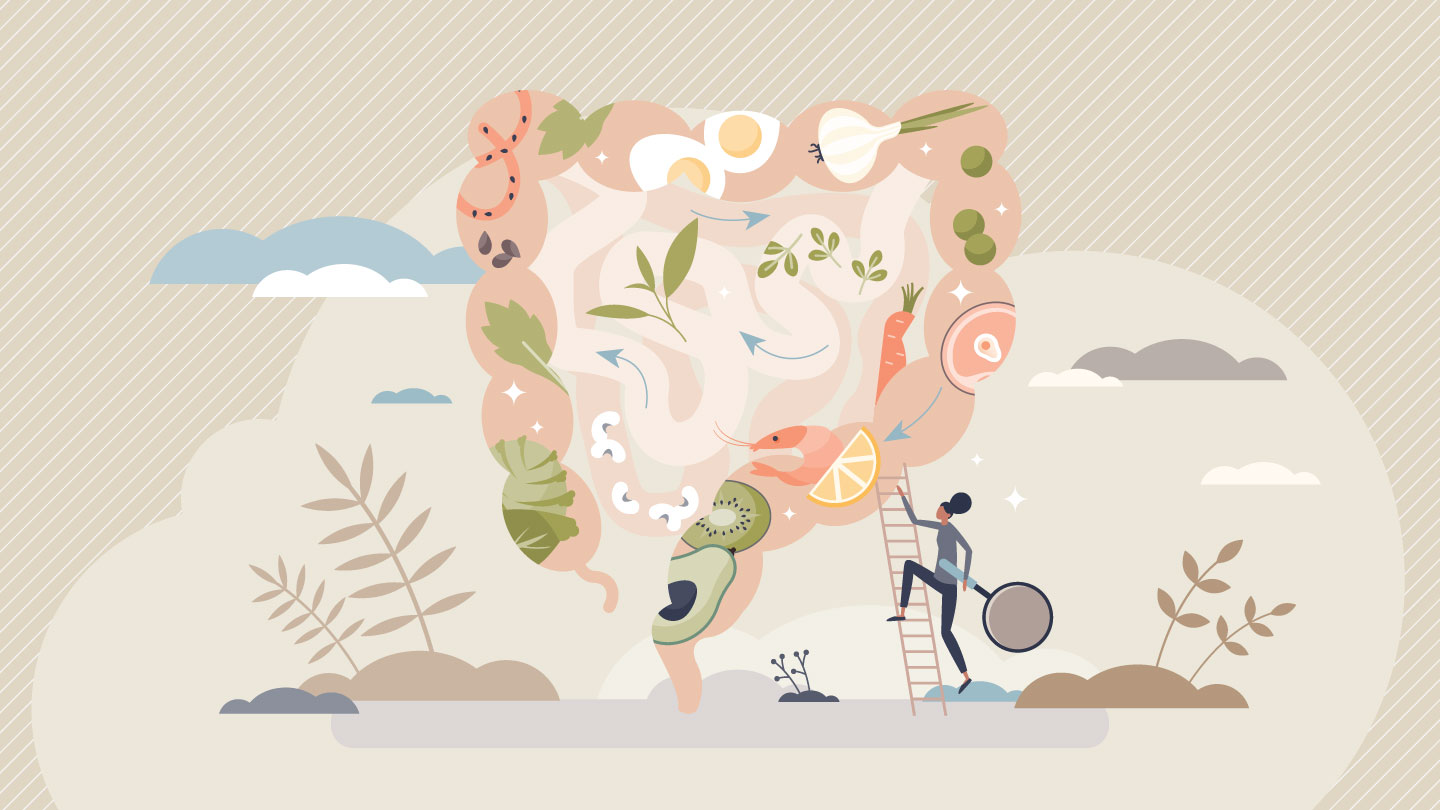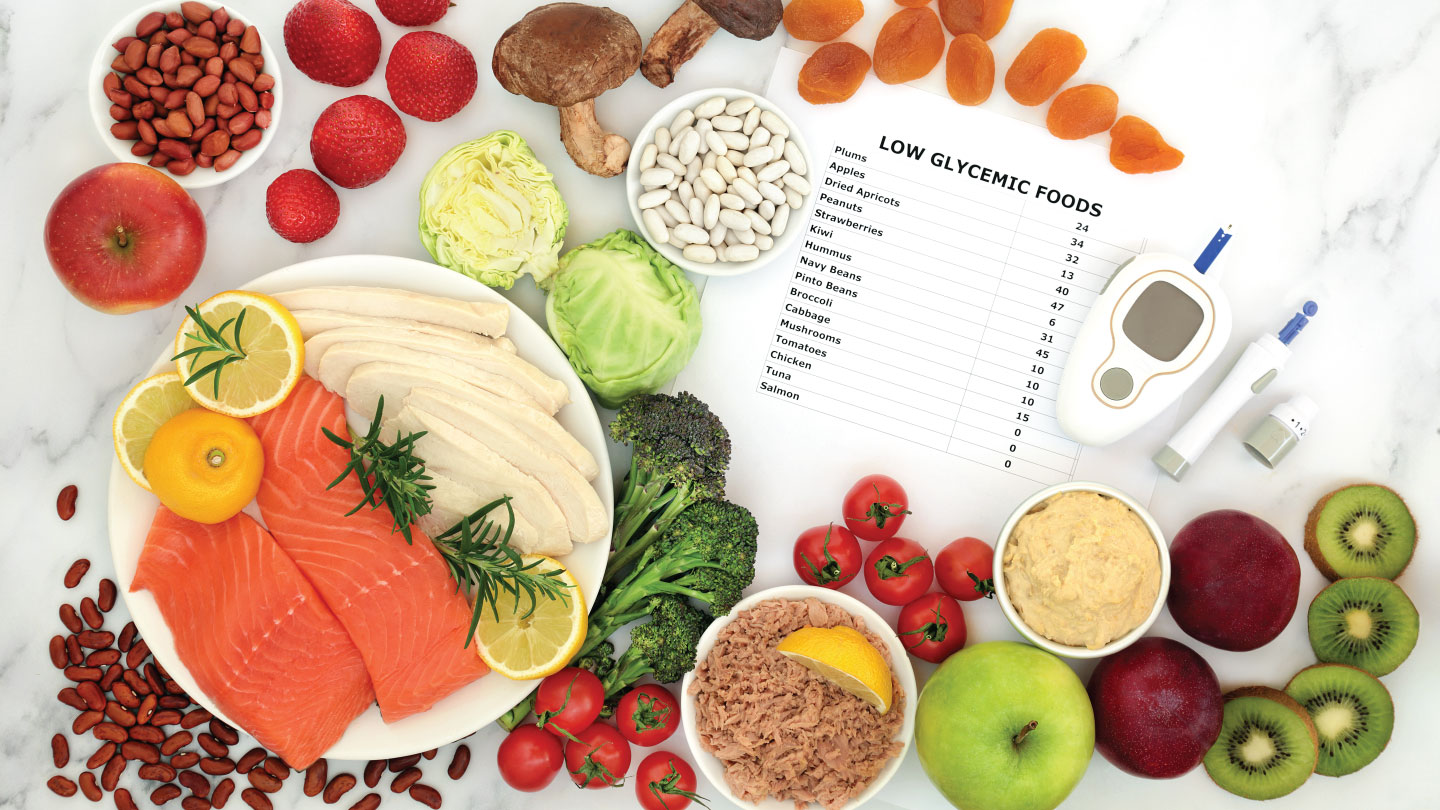Nutrition
How to Beat the Afternoon Slump: The Science Behind Naps and Nutrition
Struggling to stay awake after lunch? Discover how the right nap and smart food choices can help you beat the post-lunch slump, improve focus, and stay energised.

You know the feeling: it’s 3 PM, your eyelids feel heavy, and your motivation takes a nosedive. The dreaded afternoon slump is more than just a midday mood dip, it’s a physiological phenomenon driven by your circadian rhythm and what you eat. In this article, we dive into the science of afternoon naps and how your diet affects energy levels. Backed by research, we’ll also shed light on practical ways to stay alert, avoid post-lunch drowsiness, and reclaim your afternoon productivity.
Why Do We Feel Sleepy in the Afternoon?
According to the National Sleep Foundation, the human body has two natural sleep windows: between 2 AM to 4 AM and 1 PM to 3 PM. This is part of our circadian rhythm, the internal clock that regulates sleep-wake cycles. A dip in core body temperature, along with natural drops in cortisol and alertness, can cause mid-afternoon fatigue, even if you’ve had a full night’s rest.
A 2021 review in Nature Reviews Neuroscience (Chaudhury & Colwell, 2021) confirms that the post-lunch dip in alertness is a biologically driven event, not just a result of overeating or boredom.
Related Story: What is a Sleep Divorce and How Can it Help Your Relationship
Afternoon Naps: Power or Problem?
A well-timed nap can reset your brain, improve memory, and enhance alertness. The trick is duration and timing. You can also take the Nappuccino way!
- Optimal nap time: Between 1:00 PM and 3:00 PM
- Ideal nap length: 10–20 minutes for a quick cognitive boost
(NASA research, 1995, found pilots who napped for 26 minutes improved alertness by 54% and performance by 34%)
Longer naps can push you into deep sleep (slow-wave sleep), making you groggy, a phenomenon called sleep inertia.
Related Story: Power Napping—Why You Should Consider a Midday Snooze
The Diet-Slump Connection: What You Eat Affects How You Feel
What you eat at lunch and throughout the day plays a huge role in your energy levels. A high-carb, high-fat meal can spike blood sugar levels, followed by a sharp crash, leading to sleepiness and low productivity.
Key Dietary Factors to Watch:
1. Refined Carbs = Rollercoaster Energy
A 2019 study published in The American Journal of Clinical Nutrition found that diets high in added sugars and refined grains were linked to increased daytime sleepiness and inflammation.
2. Protein-Rich Meals Keep You Awake
Protein enhances levels of tyrosine, an amino acid that increases dopamine and norepinephrine, the brain chemicals associated with alertness. A 2018 study in Nutrients found that high-protein lunches improved postprandial attention and reduced fatigue.
3. Hydration Supports Brain Function
Even mild dehydration can impair energy levels and mood. According to a 2012 study in The Journal of Nutrition, women who were just 1.36% dehydrated experienced more fatigue and headaches.
Foods to Eat to Avoid the Afternoon Crash
Instead of a heavy, carb-dominant lunch that leads to a sugar crash, aim for meals balanced with complex carbs, healthy fats, and lean proteins.
Energising Lunch Ideas:
- Grilled tofu or chicken + quinoa + sautéed vegetables
- Hummus wrap with leafy greens and boiled eggs
- Chickpea salad with nuts, cucumber, olive oil, and lemon
Related Story: 5 Meal-Replacing Lunch Smoothies For Working Professionals
Smart Snacks for a Midday Boost:
- Handful of almonds or walnuts
- Low-fat Greek yogurt with berries
- Fresh fruit with nut butter
Pro Tip: Add foods rich in magnesium and B-vitamins like spinach, pumpkin seeds, and lentils, to support brain function and reduce fatigue.
Related Story: 10 Instant Energy Foods To Tackle Afternoon Fatigue
Caffeine Timing Matters
While coffee can be a productivity hero, consuming it after 2 PM may disrupt your nighttime sleep. A study published in the Journal of Clinical Sleep Medicine, in 2013 found that caffeine taken even 6 hours before bedtime significantly reduced sleep quality.
Instead, switch to green tea or matcha in the afternoon for a gentler caffeine dose and the calming benefits of L-theanine: A natural amino acid linked to stress reduction, improved focus, and enhanced sleep quality).
Related Story: This or That: Is Coffee More Energising or a Mid-day Nap?
The Holistic Fix: Movement + Light + Breathing
Sometimes, it's not just food or naps, your afternoon environment matters too.
- Take a short walk outside after lunch to boost blood circulation and exposure to natural light, which realigns your circadian rhythm.
- Try 2 minutes of deep breathing or box breathing to reset your nervous system.
- Avoid heavy screen time post-lunch, and instead plan creative or light work tasks.
If you consistently feel tired in the afternoon, it’s your body asking for a lifestyle shift. Combine smart nutrition, intentional movement, and power naps to beat the slump. And if needed, speak with a doctor or sleep specialist as chronic afternoon fatigue could be a sign of sleep disorders, nutritional deficiencies, or even insulin resistance.
Remember: small, consistent tweaks to your daily routine can power big energy gains.
Get instant access to personalised nutrition advice just for you. Sign up here.
EXPLORE MORE
Bright, earthy, and naturally prebiotic-rich, this beetroot salad is a refreshing gut-friendly bowl that supports digestion, boosts good bacteria, and adds colour to your everyday meals.
Struggling with sluggish digestion? Here are natural, everyday foods that help get your bowel movements back on track.
From portion control to low-GI swaps, here are seven powerful eating habits that protect you from progressing to type 2 diabetes.
Rustic, bright, and full of fire-roasted flavour, this simple Bihari-style chokha turns everyday tomatoes into a smoky, tangy, comforting side that lifts everything, from litti to dal-chawal.








.jpg)


.jpg)
